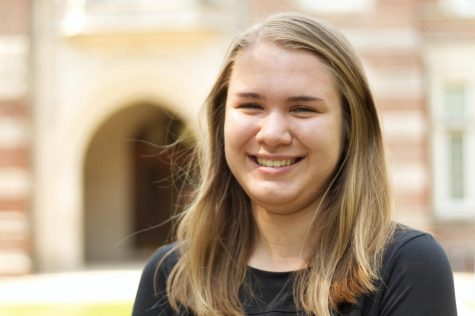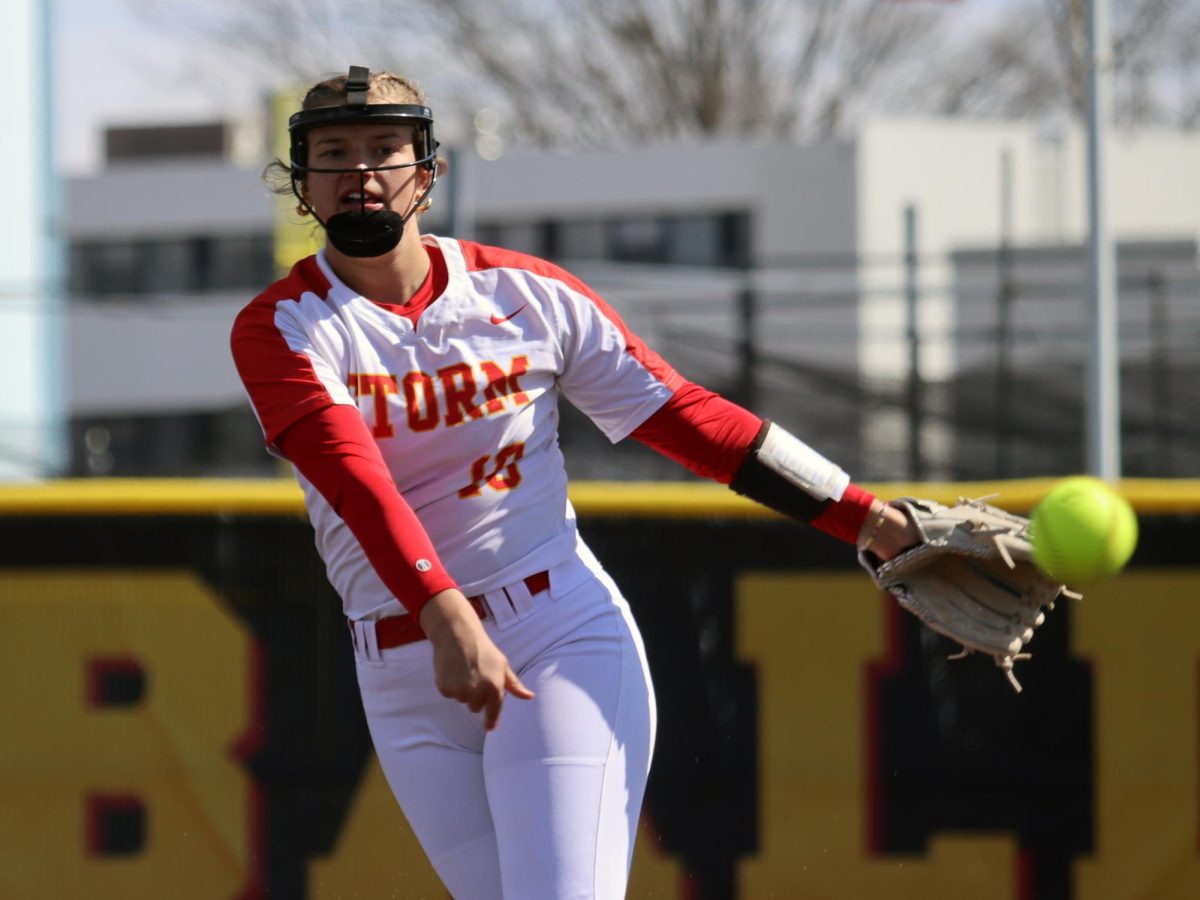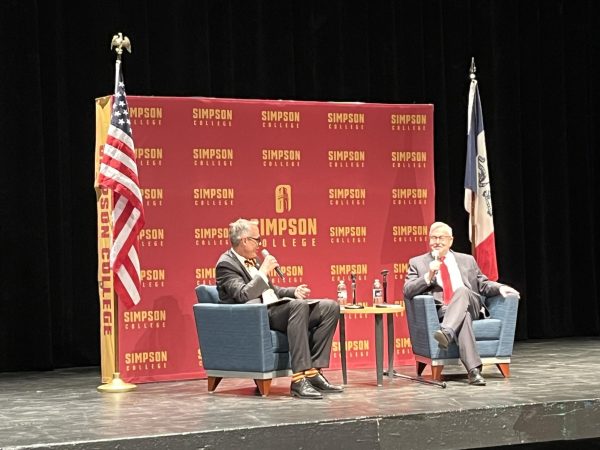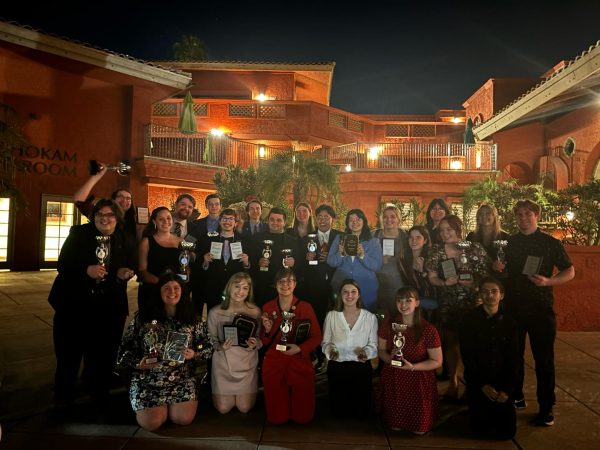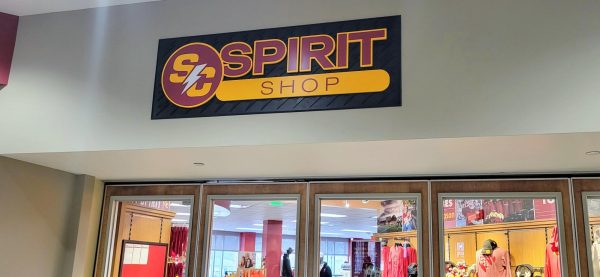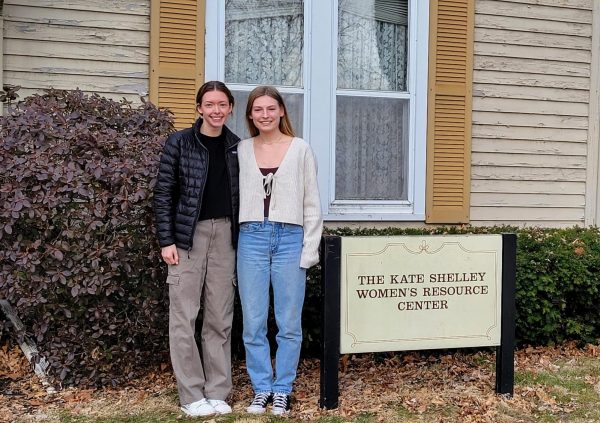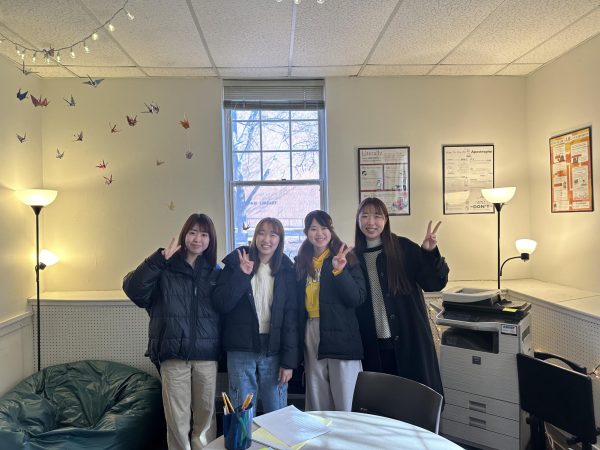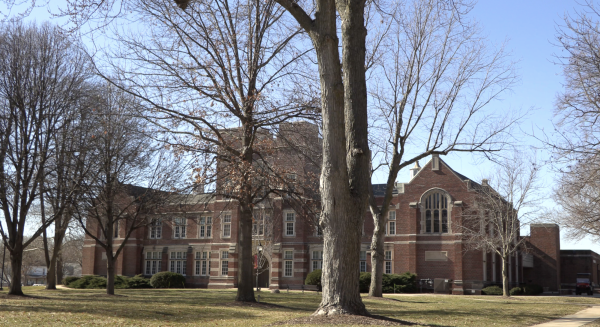Galaxy far, far away comes to campus in Star Wars simulation
April 15, 2018
The recently founded Star Wars Club held a campus-wide “Crisis Simulation” event on April 6 at the Carver Science Building that lasted nearly 24 hours and attracted close to 30 participants.
Elliott Meyer, a freshman history major, was one of the founders of the simulation. “We got the inspiration for the Crisis Simulation after the SC:101 class, The Galactic Senate, taught by Nick Proctor last fall,” Meyer said.
In the class, each student created their own character in the Star Wars universe and assumed that character’s role. During class, the students were “senators” for their respective planets and negotiated with each other over changes in the galaxy. The class pushed students to solve problems and politics in a peaceful manner.
A writer for The Des Moines Register, Kyle Munson, even sat in on the class in November.
Munson observed the students’ discussion over droid rights, which correlated to human rights in our own galaxy. Munson wrote, “Tapping into some of the same core issues in the context of ‘Star Wars’ can help put students more at ease and even encourage them to challenge the professor.”
Since the class only had 18 students, Meyer said, “We hope to bring this to other students who either were not first-years that got to experience the Star Wars class or just really love Star Wars and really wanted to be engaged with this kind of opportunity.”
He also said anyone could have entered the simulation, not just fans of the universe.
Casey Spring, a first-year student and biochemistry major, is the club’s secretary. “My roommate and some of my friends were in the SC class, and so I got to hear a lot about the class, and I found it fascinating,” she said. Spring was also one of the eight writers for the campus-wide simulation.
The Crisis Simulation was a 24-hour timeframe during which student participants assumed the roles of characters in order to solve multiple planetary crises.
According to Meyer, character selection happened one of two ways for each person: The first was to show up with nothing and assume a pre-made character, while the other way was to create their own character using a template by one of the writers.
Meyer provided an example with his food shortage crisis on Mandalore. He said there were three non-playable patrons on this planet: the Duke of Mandalore, the Prime Minister of Mandalore and a discoverable patron.
The patrons were controlled by their respective writers and could communicate to players via their proxies, who were playable characters allied to a particular patron, similar to a subordinate.
The last type of playable character was the “wild card.” These characters were free-roaming with no ties to any particular planet or system. The wild cards were looking for hire and could have been smugglers, historians or even mercenaries.
Each player’s character had a special ability which was connected to a particular item. Each player received a physical embodiment of their special ability. Meyer said, “If you can see it, it can be stolen.”
In order to solve the crisis of their particular planet for their patron, the proxies needed to seek out wild cards to form a crew. The wild card players all had a wide assortment of useful abilities and strengths. Negotiations would have had to be made between proxies and wild cards regarding payment and possible conflicts with crew members.
The overall theme of these mini-crises was the impending struggle between the Resistance and the First Order. During the simulation, there was opportunity for conflict between the Resistance and the First Order, as well as an internal conflict involving the main antagonists of the two latest Star Wars movies, Kylo Ren and General Hux.
The simulation was designed for tough problem solving through teamwork, negotiations and competition. The players were able to interact with a variety of new people and have fun while doing so. Meyer said his main desire was, “to give them the opportunity to play the game I really loved in the fall.”




